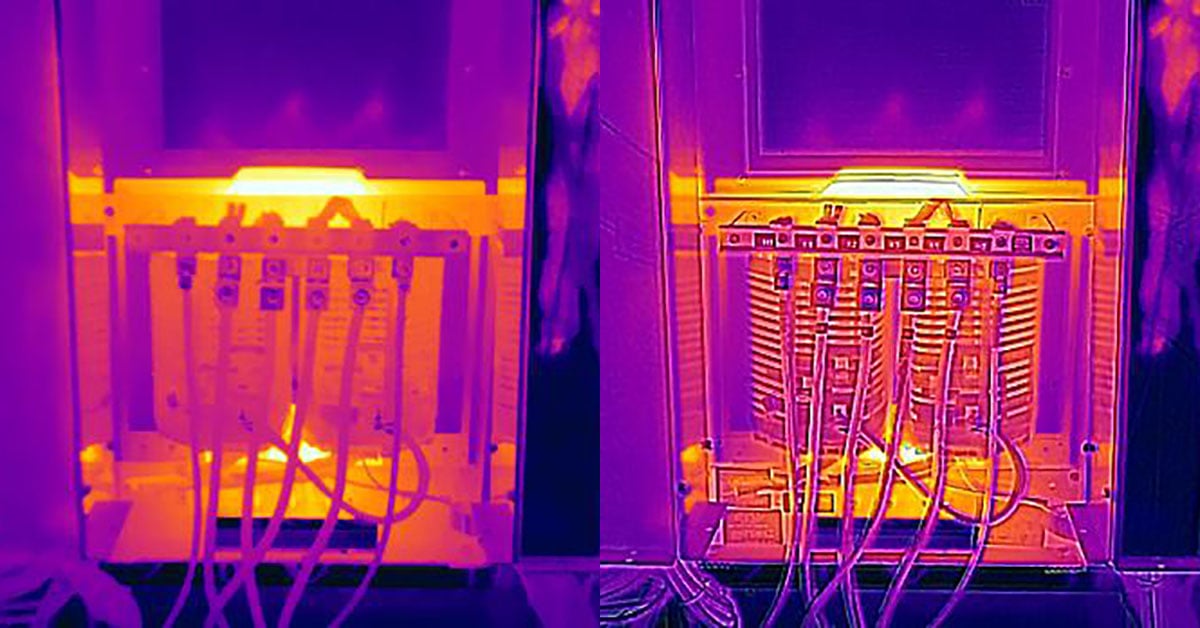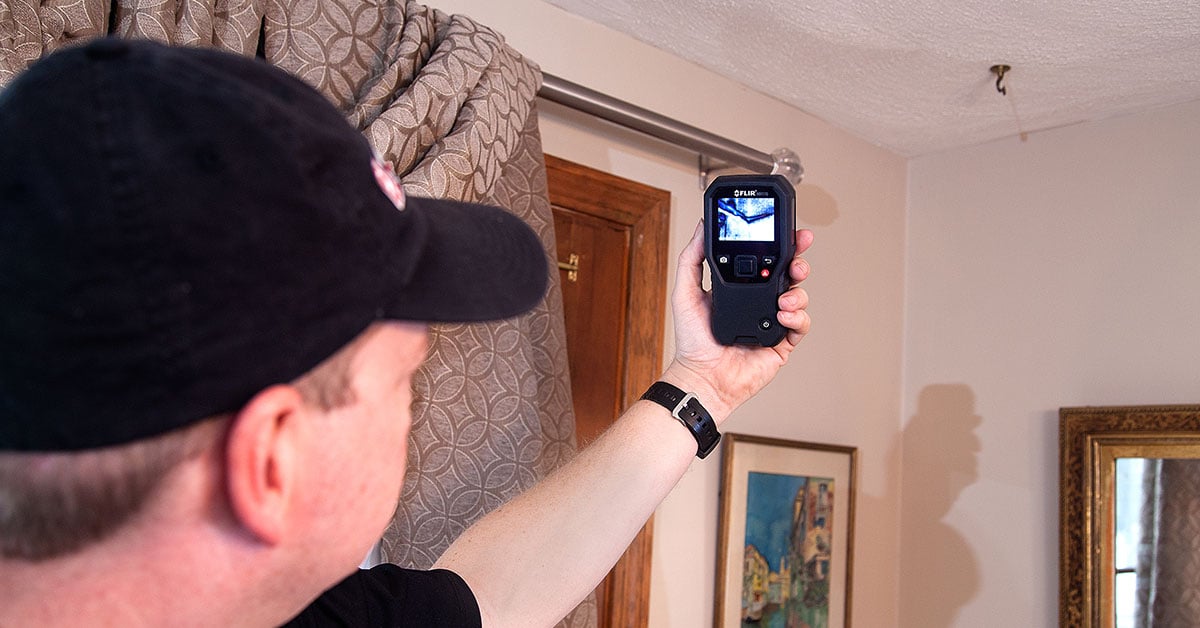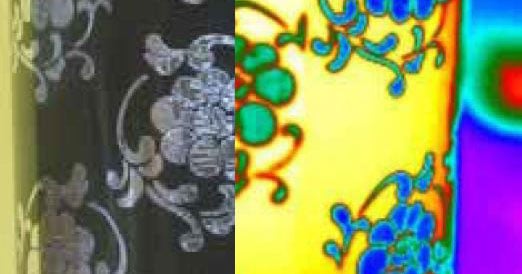How Does Emissivity Affect Thermal Imaging?
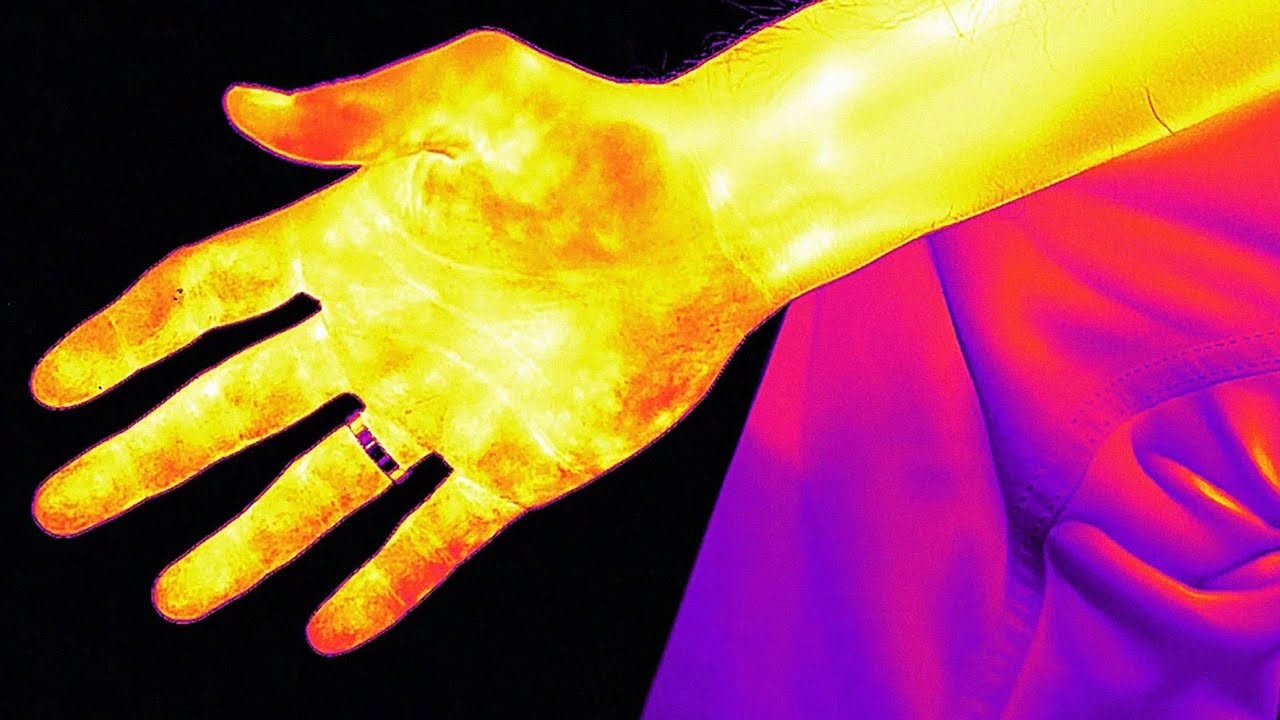
First, what is emissivity?
Emissivity is a measure of how efficiently an object radiates heat, i.e. how well the surface of an object “tells the truth” about its temperature. Emissivity values range from 0 (a theoretically perfect mirror that reflects all energy) to 1 (a theoretical object called a blackbody that perfectly absorbs and radiates all energy). Notice that the emissivity values of 0 and 1 can only be achieved in theory: in reality, physical objects can be better described as ranging from 0.01 to 0.99 on the emissivity scale.
Highly polished metallic surfaces such as copper or aluminum usually have an emissivity below 0.10. Roughened or oxidized metallic surfaces will have a much higher emissivity (0.6 or greater depending on the surface condition and the amount of oxidation). Most flat-finish paints are around 0.90, while human skin and water are about 0.98.
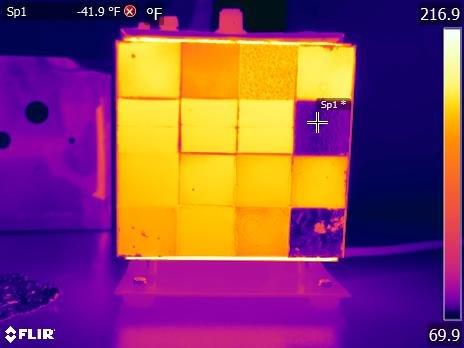
Each block is the same temperature, so why do they all appear different?
If you’re viewing a highly polished metal object with a low emissivity, that surface will act like a mirror. Instead of measuring the temperature of the object itself, your camera will instead detect reflected temperature. Reflected temperature (also known as background temperature or T-reflected) is any thermal radiation originating from other objects that reflect off the target you are measuring.
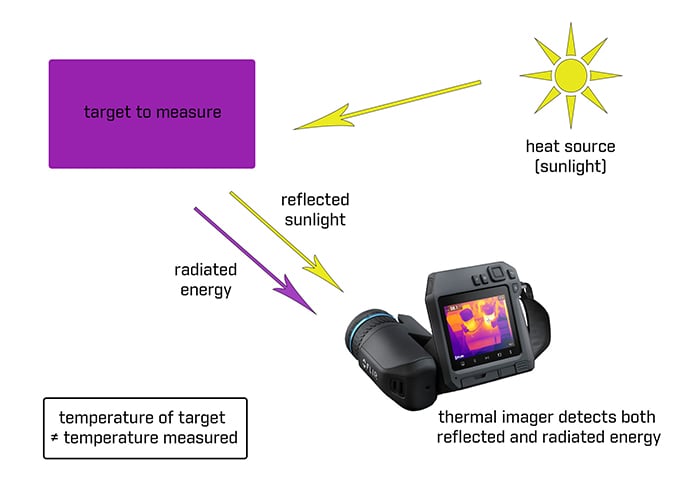
Reflected temperature can affect the temperature a thermal camera measures.
An object could be cool to the touch but show a much higher temperature according to your camera if a nearby heat source (such as the thermographer) was reflecting off the surface.
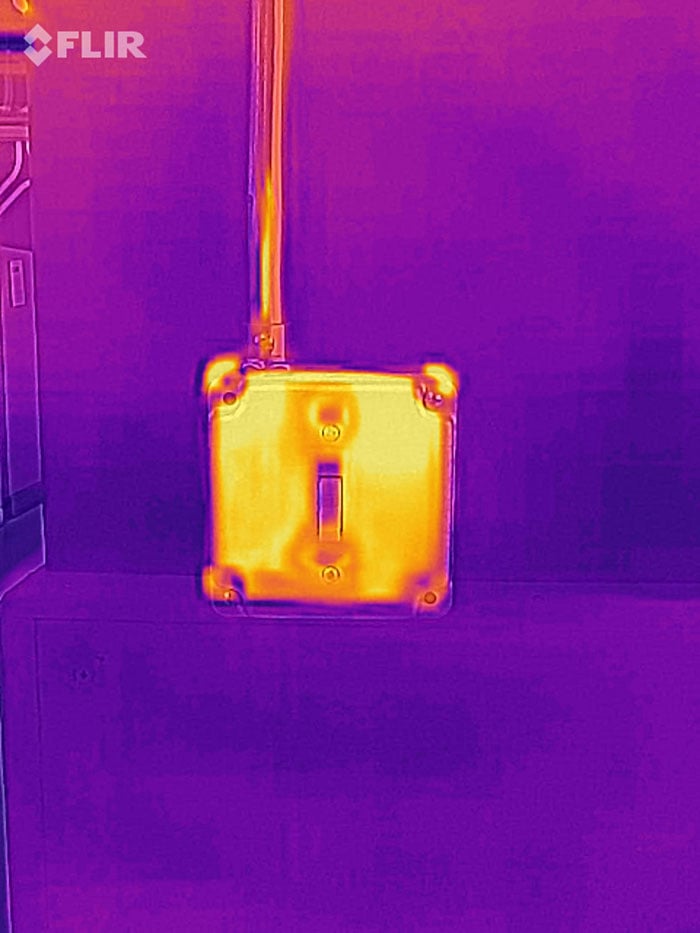
Is the metal light switch hotter than the rest of the wall, or is it reflecting a warm heat source?
Or an object might be the same temperature as an adjacent object but appear much colder.
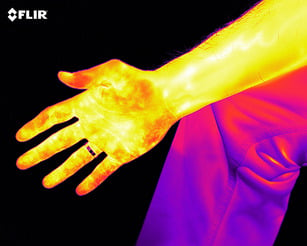
The ring is likely the same temperature as the person’s skin but appears much colder.
For higher emissivity objects, reflected temperature has less influence. But for lower emissivity objects it’s a critical factor that must be understood carefully. As emissivity decreases, what you are measuring (and seeing thermally) is coming more from the surfaces of surrounding objects, not the target you are inspecting.
If the object you are trying to measure has a high emissivity, you can adjust for emissivity and reflected temperature in your camera’s settings. For instance, if you want to measure a person’s body temperature you would set the emissivity to 0.98 (emissivity of human skin) and the reflected temperature to the environmental temperature (probably around 68°F/20°C if you’re indoors), and your camera will compensate.
For other surface types, and if temperature measurement accuracy is important for you and your inspection program, you will probably need thermography training to correctly compensate for emissivity when taking measurements. Emissivity can be affected by many diverse factors, and we recommend becoming certified before you attempt to take measurements of difficult surfaces.
In general, be advised that if the emissivity of the target you are trying to measure is below 0.5, you are unlikely to be able to get an accurate temperature measurement. In these cases, you may need to consider finding ways to increase your target’s emissivity. Emissivity is one of the more challenging factors you need to be aware of when taking temperature measurements. However, it can be understood and with the right techniques it can be correctly compensated for.
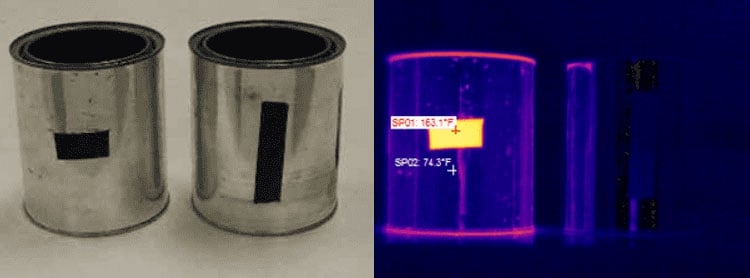
High-emissivity surfaces like electrical tape can be used to accurately measure the temperature of low-emissivity surfaces like shiny metal.
Thermography classes can be taken at the Infrared Training Center, which offers courses all around the world. A Level I Thermography Certification Training course will teach you how to correctly adjust for emissivity and reflected temperature on a variety of components, including those that are electrically energized or are difficult to access. To learn more about these certification classes, as well as upcoming training dates and locations, please visit the Infrared Training Center online at www.infraredtraining.com
